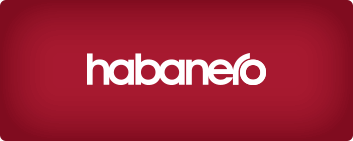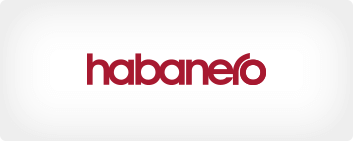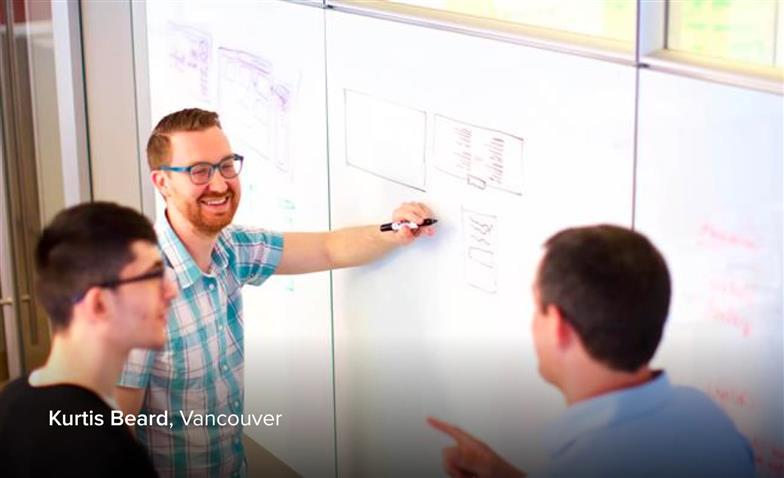Our desire to understand the future of work is stronger today than ever before. Each of us – and our organizations – want to be on top of the current factors that have the potential to influence our company or personal performance. We crave a deeper understanding of the constantly changing dynamics impacting what we do and how we work, so that when the landscape changes, we can respond and adapt.
In my role as conference chair, presenter, panel moderator and attendee of events like Future of Work Canada, HRFutureFest and various ALI conferences, I get into both broad and intimate conversations with people, culture and communications leaders about their experiences in the current moment. When we gather, we learn from each other, hear different perspectives, share expertise and gain insights from others’ experimentation.
Any conversation about the “now” of the future of work reminds me of how every Saturday my mom used to pull leftovers out of the fridge and start simmering a unique soup that she would add to all weekend. No two soups were ever the same. Like her homemade soup, each year’s future-of-work insights create a different flavour of soup that depends on the ingredients available. Last year’s future-of-work soup may be very different from this year’s and likely from next year’s.
When I reflect on 2024’s takeaways about the future of work, its themes of disruption, AI, DEI and prioritizing culture haven’t disappeared. But the context of them, influenced by the unique flavour of 2025 ingredients, creates a nuance that reflects our current cultural, social, geopolitical and economic moment.
Themes from a 2025 perspective on the future of work
Disruption and agility remain front and centre
Last year’s disruption story evolved in 2025. The world shifted from hints at coming changes to this year’s wild headlines and unexpected directions. From broad reductions in force (RIFs or layoffs) to the unpredictable impact of economic tariffs and escalating wars to our domestic transition of power, the disruption dial has not quite been turned up to 11…but it’s pretty close.
What this means for organizations
As hopeful as we were as a society to retire the term “new normal” in the years post-pandemic, it seems that we’ve discovered yet another application in response to our current moment. Organizations should expect that the unpredictability will continue – and possibly increase! It will be critical for leaders and teams to have the skills and capabilities to stay tuned-in to the changing circumstances that impact them and the ways in which they work, so they can respond in order to survive and thrive.
To build agility and resilience while timelines of the change cycle continue to contract, leaders will need to develop a deeper, two-way and multi-lens listening and conversational mindset, not only inside their organization and with customers, but also in relation to broader community, market and global shifts. This active dialogue will reveal change signals earlier and create opportunities to learn from lower risk experiments rather than being caught surprised and left scrambling.
Critical role of leaders
Despite uncertainty and disruption, what is notable in 2025 – across many industries – is a consistent commitment to hope. In our conversations, panel discussions and presentations, people (especially leaders) prioritized hope to guide them and their teams through 2025’s challenges. This is consistent with what I shared coming out of our most recent roundtable and with Gallup’s research around what people are looking for most from their leaders.
What this means for organizations
Leaders have an exponential impact on culture and have a unique opportunity to model their own and their team’s orientation towards opportunity and brightness rather than fear and anxiety. This outlook doesn’t mean stubbornly ignoring risk, but rather it challenges leaders to be shining navigators through change by modelling responses to uncertainty, communicating and leading with clarity and choosing when and what to take action on.
Evolution of AI maturity
One of the most significant shifts I’ve noticed this year is the maturity of artificial intelligence in practice. Leading up to 2025, many organizations were swirling in uncertainty around which tools were safe to use, which business processes could be good candidates for AI, fear about the potential workforce impact and skepticism about the reliability of the work product.
Over the past 12 months, we’re now seeing many organizations – including highly regulated and complex industries – rapidly move from timidity or skepticism to more confident experimentation with and adoption of AI in their workplaces, work practices and processes. Their understanding of where and how to apply the technology is maturing and they’re developing enterprise-level frameworks for its governance and policy. Acceptance of AI as a strategic business imperative seems to be moving from early adopters across the chasm towards the early majority.
What this means for organizations
Organizations must invest in and encourage continuous AI capability building at all levels of the organization and support this with mature structures to guide and focus AI fluency in a way that aligns with business strategy.
I see AI upskilling as the biggest area of personal development for employees in 2025 and organizations need to support this imperative as it’s a win-win for growth, talent retention and innovation. The rapid adoption of AI at work creates space for the deepening of non-technical, more human “soft” skills and creative job crafting for imagining new roles and opportunities that benefit both employees and employers.
Connecting this emerging skillset of continuous curiosity to the application of this ever-changing technology with a growth mindset benefits the work we do and how we do it in ways that will help organizations (and people) with future proofing.
Get comfortable with accelerating change
As I said in our 2024 Future of Work conference roundup, our relationship with work has – and will continue – to change. But what feels different in 2025 is the accelerating pace, which I don’t see slowing down. Organizations that can build agility and resilience into how they respond to the change, support their leaders’ ability to navigate on behalf of their teams and leverage continuously emerging technology will have a distinct advantage in the year ahead.




.jpeg?bc=white&la=en&mw=416&modified=20251202191043&hash=E64AA9DFFAE8D1AC27890831F714D5B0FA2FEBB2)

